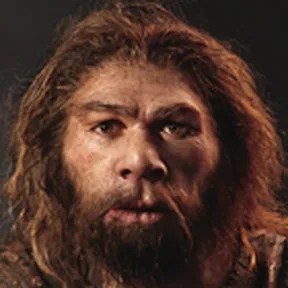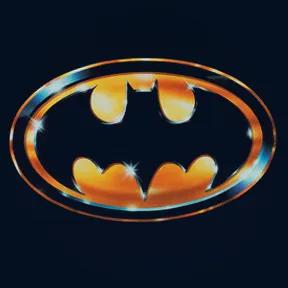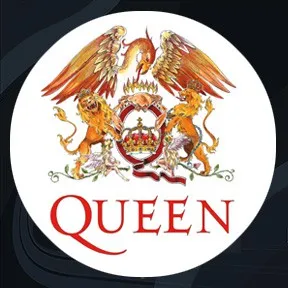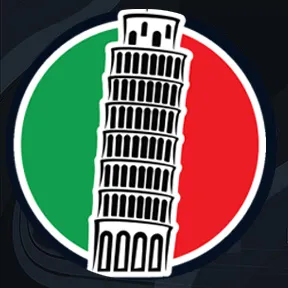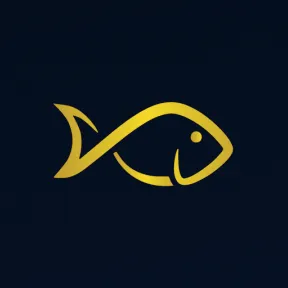The Evolution of Life | 05 - The Devonian Period
The Devonian is a geologic period and system of the Paleozoic, spanning 60 million years from the end of the Silurian, 419.2 million years ago (Mya), to the beginning of the Carboniferous, 358.9 Mya.
It is named after Devon, England, where rocks from this period were first studied.
The first significant adaptive radiation of life on dry land occurred during the Devonian. Free-sporing vascular plants began to spread across dry land, forming extensive forests which covered the continents.
By the middle of the Devonian, several groups of plants had evolved leaves and true roots, and by the end of the period the first seed-bearing plants appeared. Various terrestrial arthropods also became well-established.
Fish reached substantial diversity during this time, leading the Devonian to often be dubbed the Age of Fishes. The placoderms began dominating almost every known aquatic environment.
The ancestors of all four-limbed vertebrates (tetrapods) began adapting to walking on land, as their strong pectoral and pelvic fins gradually evolved into legs.[12] In the oceans, primitive sharks became more numerous than in the Silurian and Late Ordovician.
The first ammonites, species of molluscs, appeared. Trilobites, the mollusc-like brachiopods, and the great coral reefs were still common. The Late Devonian extinction which started about 375 million years ago severely affected marine life, killing off all placodermi, and all trilobites, save for a few species of the order Proetida.
The palaeogeography was dominated by the supercontinent of Gondwana to the south, the continent of Siberia to the north, and the early formation of the small continent of Euramerica in between.

